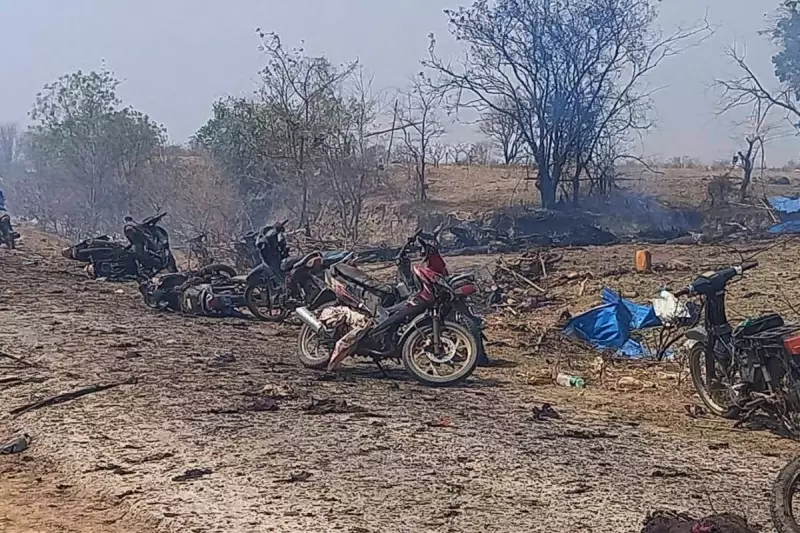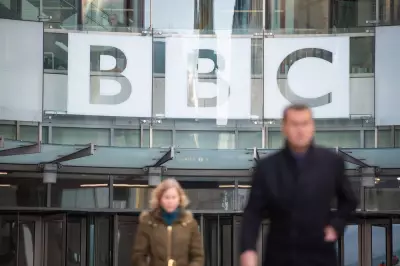
In a horrific escalation of violence that has shocked the international community, Myanmar's military junta stands accused of deliberately targeting civilians in a devastating airstrike on Pazigyi village, Rakhine State. The attack, which claimed at least 170 lives including numerous children, represents one of the deadliest single incidents since the 2021 coup.
A Day of Carnage in Rural Myanmar
Eyewitness accounts and emerging evidence suggest the April 2023 attack was anything but accidental. Survivors describe how the military aircraft returned for multiple passes over a civilian gathering, systematically ensuring maximum casualties. The victims had assembled for the opening of a local administrative office—a routine community event that became a killing field.
"This was no mistake," reports indicate from ground sources. "The precision and repetition of the attack shows clear intent to inflict mass civilian casualties."
Systematic Pattern of Atrocities
The Pazigyi massacre fits into a disturbing pattern of military violence against civilian populations. Since seizing power, the junta has increasingly relied on airstrikes and heavy weaponry against communities perceived as opposing their rule. Civilian areas in Sagaing, Magway, and Chin states have similarly suffered, though the scale of the Pazigyi attack stands out for its brutality.
- Children and elderly among primary casualties
- Multiple aircraft passes to target rescue efforts
- Destroyed infrastructure hampers medical response
- International media access severely restricted
International Response and Accountability Efforts
Global reactions have ranged from condemnation to calls for immediate action. The United Nations Human Rights Council has described the incident as "deeply disturbing" and potentially constituting war crimes. However, concrete action remains hampered by geopolitical complexities, particularly regarding engagement with the ASEAN bloc.
Legal experts point to growing evidence that could support prosecution through international courts. Documentation efforts by human rights organizations and underground journalist networks are creating an extensive archive of the junta's alleged crimes.
The Long Road to Justice
While the path to accountability appears daunting, precedents exist for bringing military leaders to justice. The International Court of Justice and International Criminal Court both have ongoing investigations into Myanmar's human rights violations. However, the practical challenges of gathering evidence and ensuring witness protection remain significant.
The international community faces a critical test: whether it can move beyond condemnation to meaningful action that protects Myanmar's civilian population and holds perpetrators accountable for what many are calling a campaign of terror.





